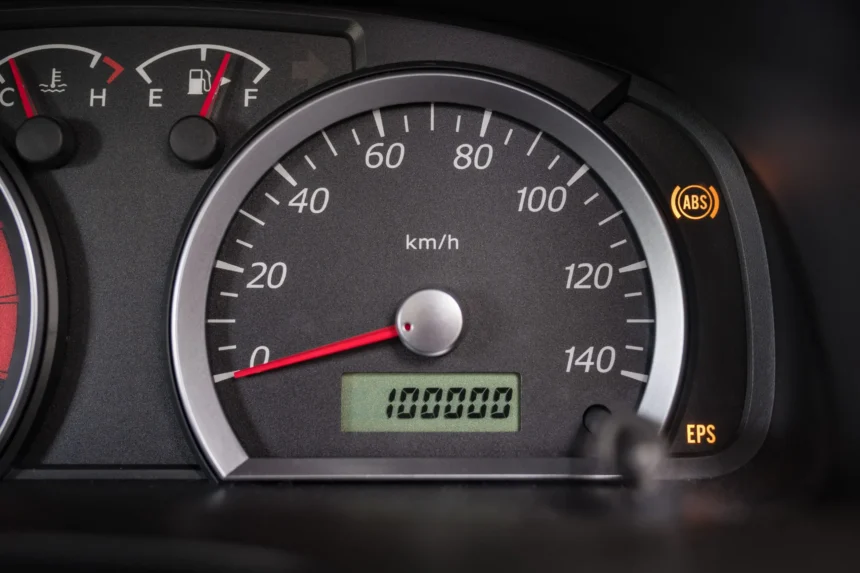In the UK, mileage is becoming increasingly subjective.
While someone who only prefers factory-fresh vehicles might deem anything over 10,000 as too high, bargain hunters frequently appreciate vehicles with nearly ten times that many miles on the clock.
In 2024, the average British person drove just over 7,000 miles in a year. But mileage doesn’t always correspond to engine health, quality or maintenance history, which are important factors to consider if you’re buying second-hand.
So, what’s a good mileage for a used car, and when is a high-mileage car worth the gamble? We’ve cleared up a few of the grey areas below.
What is a good mileage for a used car?
It depends. Age and usage patterns affect wear on the engine and mechanical parts more intensely than raw mileage, so it’s impossible to make a one-size-fits-all statement.
For example, diesel cars are more likely to be used for long-distance motorway commutes. They can rack up miles quickly, even if they’re perfectly maintained and fitted with the best quality tyres. But if you’re only paying attention to the mileage, it’s easy to overlook other key selling points.
A car with just 40,000 miles could easily be in worse condition than one with 80,000 miles. Certain models regularly reach up to 200,000 miles or even more, proving that drivers know how to make their investments last longer.
Key risk areas in high-mileage cars
Of course, there’s still an element of risk involved if you’re seriously considering buying a high-mileage car. Certain components are more likely to fail in any well-used vehicle, and these include the:
- Timing belt, which typically needs replacing once or twice.
- Clutch, often wearing out due to excessive use on hilly terrain.
- Suspension, due to water ingress or general wear as the car’s primary source of stability.
- Rust, especially on the wheel arches and underside. This can corrode the car and weaken its structural integrity, thus making you vulnerable.
Service history can mitigate or even reverse some of these risks. If you can tell that a high-mileage car has been looked after by an expert, you might be onto a fantastic deal. Preventative mechanical care is paramount.
Spotting the warning signs
If you’re browsing the market for used cars, you may well come across examples that have clocked very high mileage. Why should you avoid them if they look okay in the pictures?
It can be impossible to verify a car’s quality until you’ve seen it in person – and perhaps given it a test drive too. Even with the MOT history available, sellers can still hide damage, mechanical issues and corrosion.
When you view a car, you’ll need to be able to spot certain red flags. These include:
- Small patches of rust.
- Poor paperwork and missing proof of ownership.
- Mismatched or scratched bodywork.
- Knocks, bangs or rattles while the engine idles.
- Unusually low mileage jumps on the MOT records, which could indicate odometer fraud.
When it makes sense to buy a high-mileage car
In many scenarios, a high-mileage car might be the best option.
If it’s your second vehicle and you’re choosing a model that’s known for reliability, taking the risk could pay off quickly and immensely. It’s helpful to have a trusted mechanic in your corner, so you can get long-term support and honest advice on the car’s condition.
But with very little risk of depreciation, the car could be yours to enjoy for years to come. If you have confidence in the car’s condition and history, there’s every reason to go for it.


